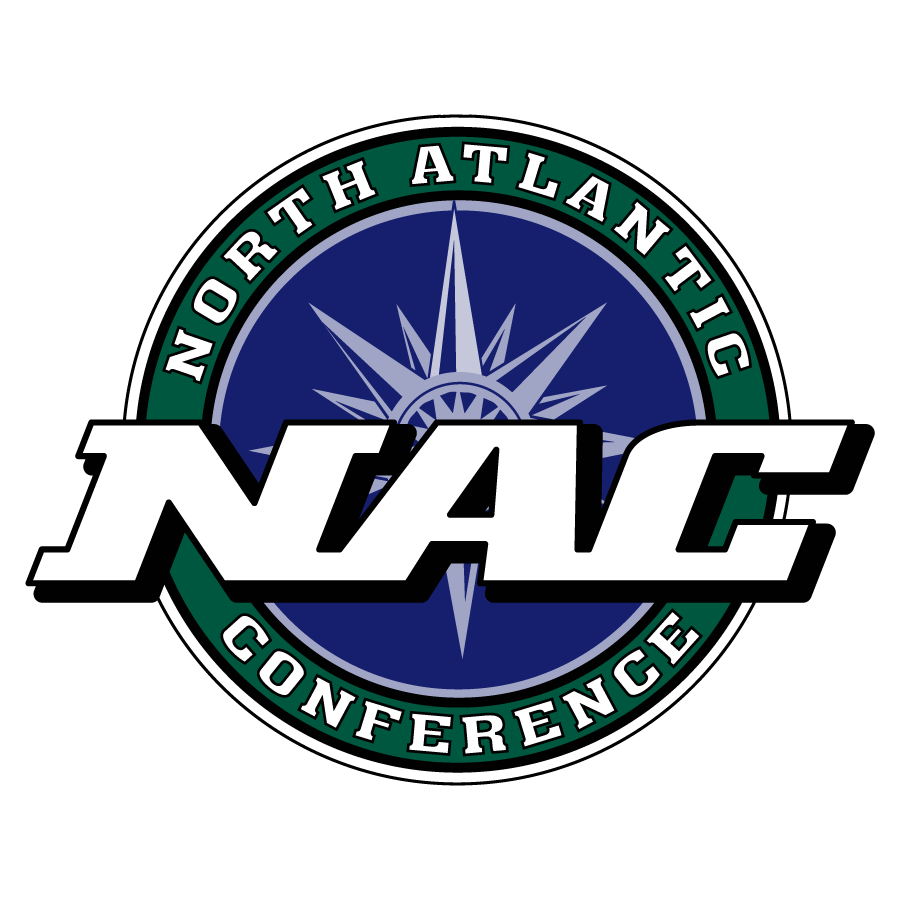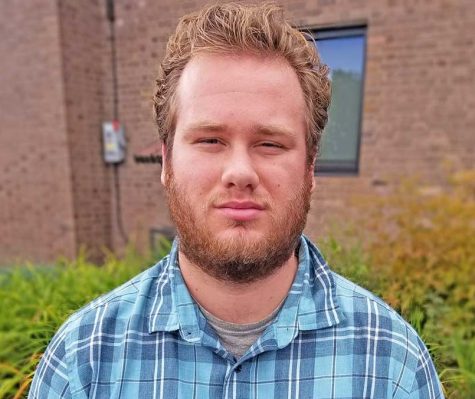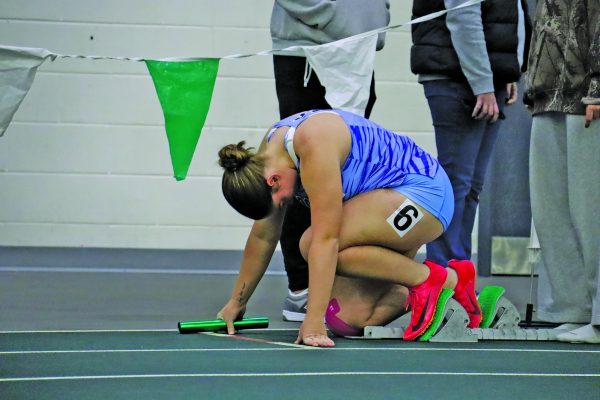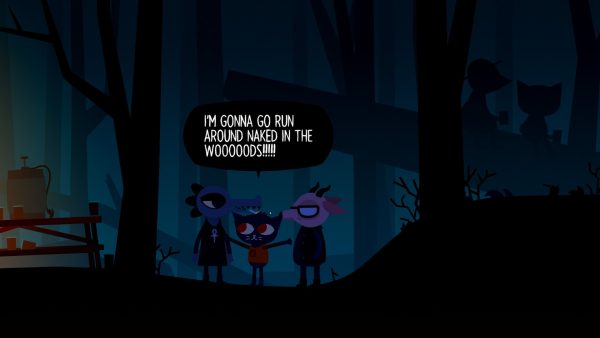The History of the NAC, part two
Editor’s note: this is the second installment in the history of the North Atlantic Conference. See part 1 here.
In order to retool and strengthen the North Atlantic Conference (NAC), newly appointed commissioner Marcella Zalot needed to start looking at institutions that were unhappy or just looking for a conference in the northeast region.
Not long after Castleton, Green Mountain College, New England College, and Colby-Sawyer announced their decision to leave, Zalot and the conference were able to find two schools in the winter of 2017: SUNY Canton and University of Maine at Presque Isle. According to Zalot in a recent interview with Basement Medicine, both universities had recently become NCAA Division III institutions and were looking for a conference to compete in. With those two new schools set to officially join in July of 2018, that brought the membership up to eight institutions.
That same summer, Kate Roy was introduced as the new Associate Commissioner of the NAC. In her current position, her focus is to do many outward facing tasks such as social media, statistics, tiebreakers, and press releases. She had previously been an associate director of athletics and senior woman administrator at NVU-Lyndon since 2014 as she managed NCAA compliance, business operations, student-athlete welfare and communications within the athletic department.
Roy was invited to apply for the open position by Zalot based on the work she was doing at Lyndon and how it could translate to the associate commissioner position. She mentioned that it was hard for her to walk away, but taking on her new role allowed her to use her skills and talents in a new and challenging way.
“Part of the appeal for me was that some of the tasks were ones that I had not done before,” Roy said. “At that point in my life, I was really looking for a change and a challenge in a different way. And in no way reflecting negatively on Lyndon, it’s just where I was at the time. This job, which involves much more writing than the campus job, brings me back to one of my first passions, and that was really exciting for me. It’s also an opportunity to celebrate student athletes, coaches and the administrators who support them. Who could complain about that?”
Following Roy’s transition from associate director of athletics to associate commissioner came the announcement of SUNY Delhi joining the NAC as a full-time member in the fall of 2019. In their transition from North American Intercollegiate Athletics (NAIA) institution to NCAA Division III institution, they were an associate member in six sports.
With SUNY Canton already in the NAC, and with SUNY Delhi joining the conference in 2019, Zalot and the rest of the conference had a great opportunity to try to grab some other nearby New York schools to join the conference. Then in August of 2019, it was announced that SUNY Cobleskill, SUNY Poly, and Cazenova were going to join the NAC in the 2020-2021 academic year, bringing the membership up to 12.
According to Zalot, the level of trust and communication that the NAC built with these new institutions was a driving factor in making this membership work.
“What I pitched was that we are a very well-run conference,” she said. “We are organized, professional, on top of things and financially stable. We built a good financial plan, and when we knew we were going into membership shifting, we put some money in the bank instead of spending it, which made sure that we could move around shifting membership. That was appealing to those institutions, too. It was really just being a well-organized, efficient, well-run conference that also met their geographical demands as well.”
Poly, Cazenova, and Cobleskill were familiar with a divisional model within their previous conference, which the NAC was also in the process of adapting to their conference. The divisional model helps with travel distance, as some institutions are over 600 miles apart. The plan for the divisional model within the NAC is to have UMaine-Presque Isle, UMaine-Farmington, Husson, Thomas, Maine Maritime, and NVU-Lyndon be a part of the east division, and the west would be Cazenovia, SUNY Poly, SUNY Canton, SUNY Delhi, SUNY Cobleskill, and NVU-Johnson.
Delhi was the NAC’s lynchpin to this expansion, according to Jamey Ventura, associate dean of athletics at NVU. Once they secured them, they knew that it would be an easier sell to other New York schools.
“We knew we wouldn’t get them if we had to have those schools from just outside Syracuse like Cazenovia go all the way to UMaine Presque Isle. There is no way that they are going to join that conference; that’s too far,” he said. “So we went out saying we are going to go divisional and this is how it will look. Once we did that, we started getting schools interested.”
This year has been a busy time for the conference, more specifically at the conference office in Waterville, Maine. One of the first things that Roy and Zalot had to start working on was conference scheduling within the divisional model.
“First things first, we needed to develop playing schedules, because it’s next year, and that’s really quick,” Roy said. “Teams can’t focus on their non-conference schedules until they know their conference schedule. That’s where we started, but that also then leads into related discussions of tiebreakers, seeding, all-conference awards, how many teams should have access to a championship, and how many contests should happen on a weekday or weekend.”
Roy serves on the scheduling committee within the NAC and they had to be creative about scheduling games. One issue with the divisional model is that some institutions don’t sponsor sports, leaving some holes in the divisional approach.
One example is men’s lacrosse, where they don’t have the divisional model and had decided to play each institution that sponsors that sport at least once a year. With that comes the issue of travel distances, but an approach that has worked for the conference in the past that they will continue to do is to play back-to-back games on weekends for those teams that travel long distances. For those relatively close games, they will tend to schedule those games on weekdays.
The other part of this is getting these new institutions’ coaches and athletic administrators on board with what the NAC is and what it could be.
“None of this works if people can’t figure out how to work with each other,” Zalot said. “A lot of the work that Kate and I do… we’re removed from everybody else. We’re in an office, we’re not on a campus and we don’t see these people more than like four or five times a year. We’ve got to be able to build relationships and trust with them or else. They’re not going to trust that we’re doing what’s in their best interest. And so to me, the biggest challenge is how to get a group of 12 schools to work together and trust each other. It’s a huge part of my job because we have to be able to show that we’re not favoring one school over another, i.e. the schools that have been part of the NAC for many years. Everybody has to have a voice, everybody has to have a say; you have to be able to balance it out.”
Today, the conference has been able to provide student-athletes the chance to explore other opportunities within intercollegiate athletics outside of competition on the playing surface. Many of the programs that the NAC offers today were built from the ground up under former commissioner Julie Muller.
She was able to form the NAC’s own Student-Athlete Advisory Committee (SAAC), which is a nationwide group made up of student-athletes across all three NCAA divisions that gives them a voice on NCAA rules and the possibility to have a positive impact on and off the playing surface.
She was able to build relationships with organizations and movements such as “It’s On Us,” which is a movement to end sexual assault on college campuses, and “You Can Play,” where their goal is to end homophobia within sports. She mentioned that the work within these movements and organizations were some of her biggest accomplishments while she was commissioner.
“Having that opportunity to bring together student-athletes from all different institutions through our annual retreats that we have for them, and programming that we have with them, always felt like a really significant accomplishment for the student-athletes,” she said. “The kinds of opportunities that they get as athletes that happen on their campus, [and also] being able to bring them all together and have a joint shared experience outside of just competing, felt really consistent with the Division III mission and our goal as a conference to provide the best possible student-athlete experience that we could.”
Over the last two decades, the NAC has taken on many different shapes and forms but has always been consistent in giving student-athletes a chance to compete in the sports they cherish. As long as the possibility of playing intercollegiate athletes remains viable for student-athletes across the globe, expect the conference to be around for years to come.








